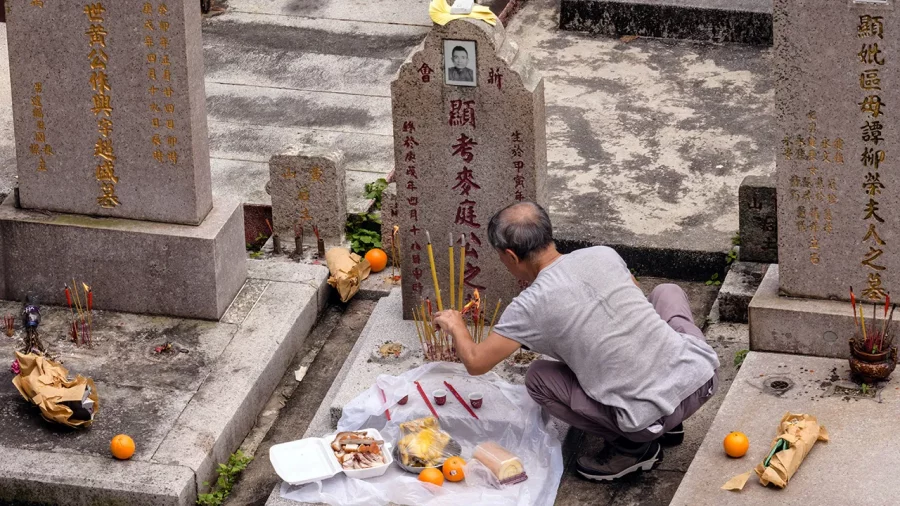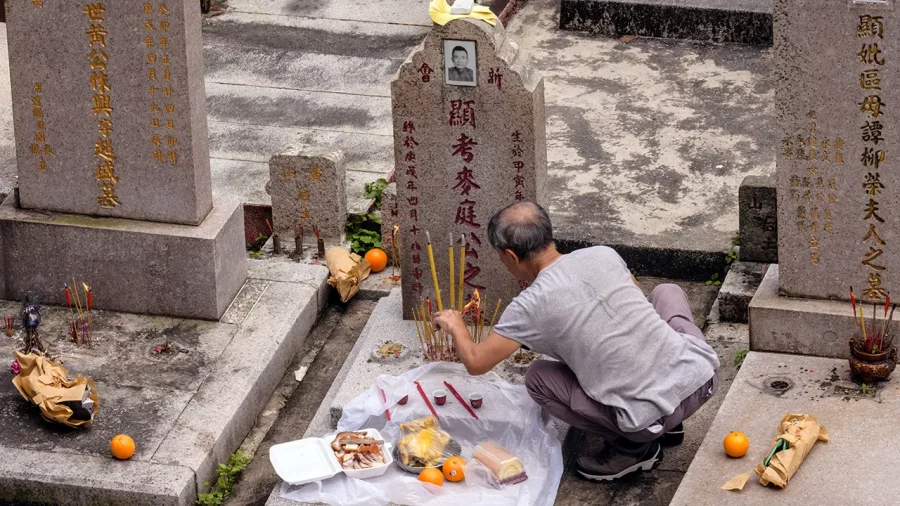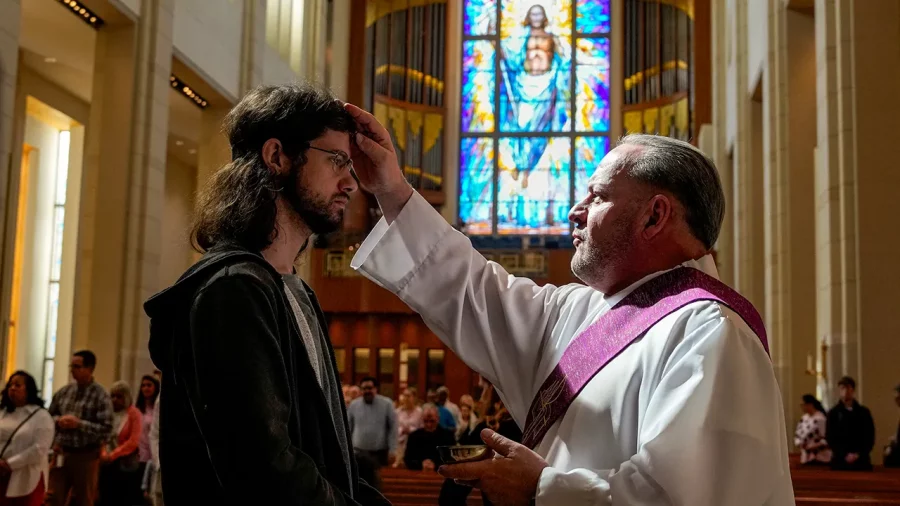(Jonathan Evans and others. Pew Research Center).
By some measures, East Asia seems like one of the least religious regions in the world. Relatively few East Asian adults pray daily or say religion is very important in their lives. And rates of disaffiliation – people leaving religion – are among the highest in the world, according to a new Pew Research Center survey of more than 10,000 adults in East Asia and neighboring Vietnam.



